The NOAA Office of National Marine Sanctuaries’ video collection features different topics, including marine debris and its threat to marine biodiversity. These visual aids bring the problem of marine debris to life featuring stories of microplastics, sanctuary projects, and debris in the Great Lakes.
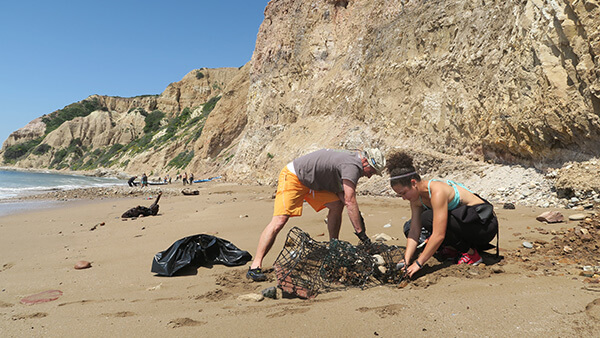
Want to be an ocean hero and help fight marine debris? Learn more about plastic pollution and how you can help in our video!
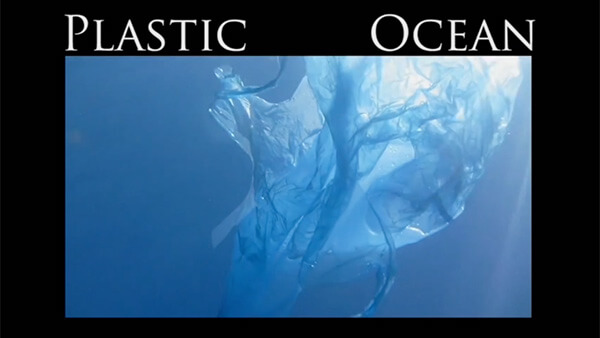
What are microplastics and how can you prevent this threat to marine ecosystems?
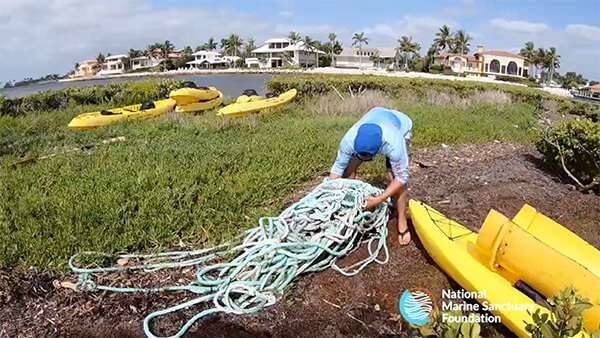
Through Goal: Clean Seas Florida Keys, the sanctuary and the National Marine Sanctuary Foundation have supported 49 cleanup dives with 450 volunteer divers to remove 78 intact lobster traps, hundreds of pieces of lobster trap debris, 16,369 feet of line, and 14,693 pounds of debris from Florida Keys National Marine Sanctuary.

"What if doing something was better than doing nothing?" That's the question that sparked the Million Waves Project, which works with Olympic Coast National Marine Sanctuary to turn marine debris into 3D-printed prosthetic limbs. Watch our Stories from the Blue to hear how they're making a difference for people and the ocean.
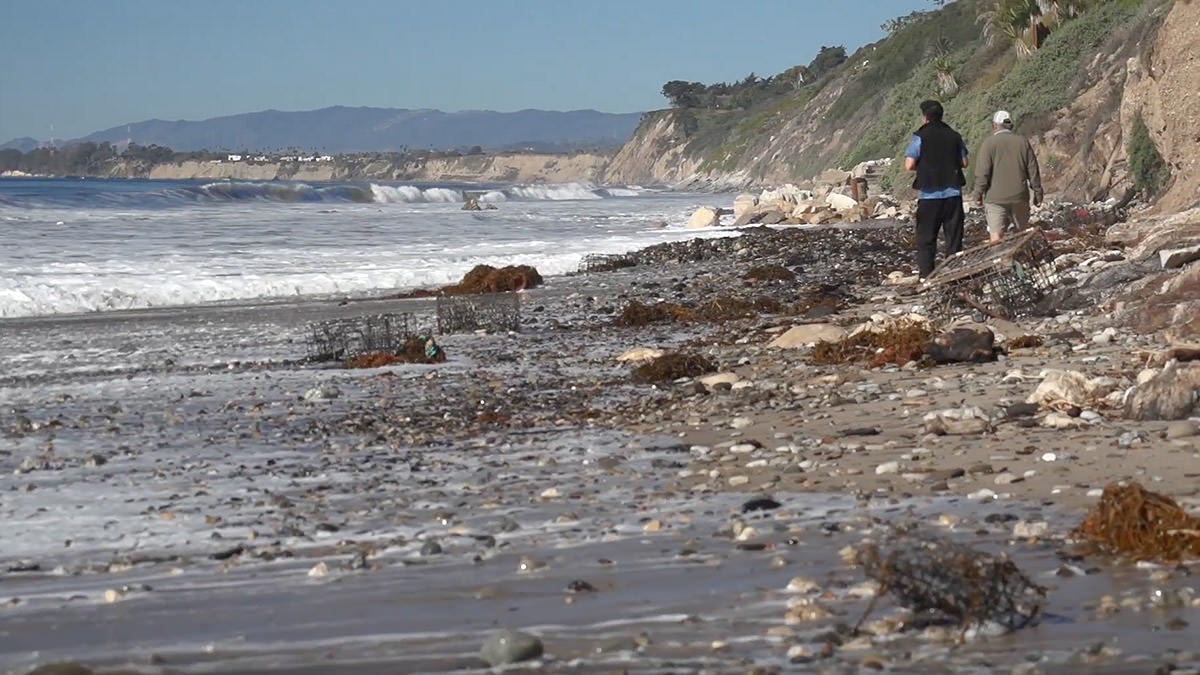
Channel Islands National Marine Sanctuary protects thriving, productive ecosystems that support all sorts of marine creatures -- including lobster. Check out our video to learn how the sanctuary and the NOAA Marine Debris Program are working with lobster fishermen to ensure lobster traps don’t endanger other species.
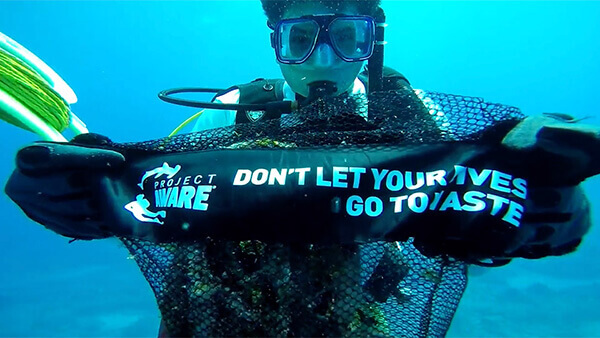
In honor of our national Get Into Your Sanctuary celebration, nine Blue Star certified dive charter operators led underwater clean-ups throughout Florida Keys National Marine Sanctuary.
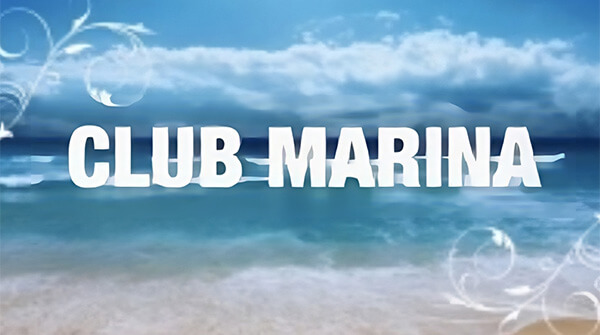
Watch videos for information on marine debris and NOAA's work to address it.
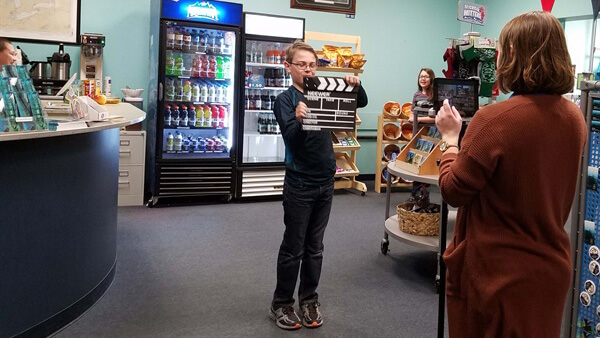
Bob Thomson’s Ella M. White Elementary fifth-grade students visited Thunder Bay River in the northeast Michigan watershed, where they used nets to trawl for plastics and were shocked to find microplastics in the water. To raise awareness about finding plastics in the river and finding solutions to this problem, these Alpena Public Schools students developed a film, “Plastics 101.”
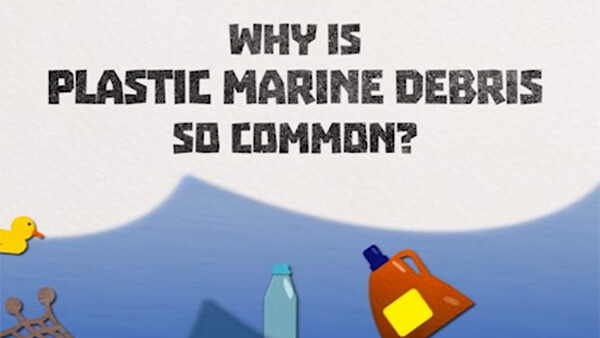
Common items found during the International Coastal Cleanup are plastic cigarette butts, food wrappers, plastic beverage bottles and plastic bottle caps. Notice anything in common with those things? It's a lot of single-use, disposable plastic.
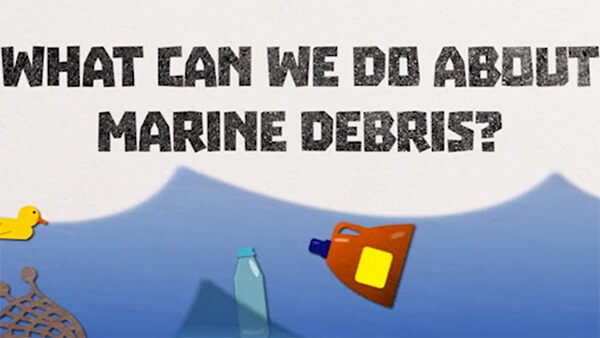
A lot of the trash that's in our ocean is plastic, and that marine debris is hurting our environment, economy, and health. The problem will only get worse unless we change the way we consume and dispose of products.
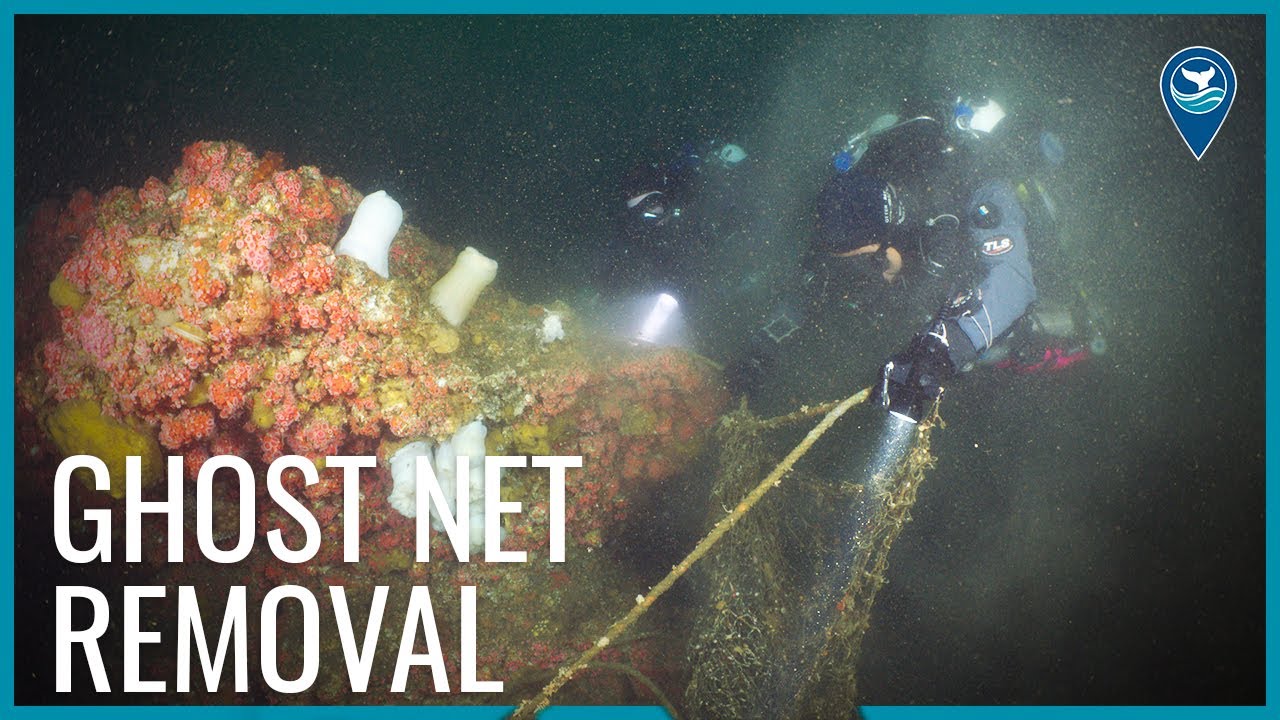
Love is in the air this week as divers from Lee Oceans Foundation and Bay Area Underwater Explorers show their devotion to the ocean.

What are microplastics and how can you prevent this threat to marine ecosystems?

A feel-good story for the end of your week -- check out this humpback whale breaching after being freed from entangling debris in Hawaiian Islands Humpback Whale National Marine Sanctuary!

Hurricane Irma roared over Florida Keys National Marine Sanctuary. Since then, we've been working with partners to assess the damage and aid in recovery from the storm.
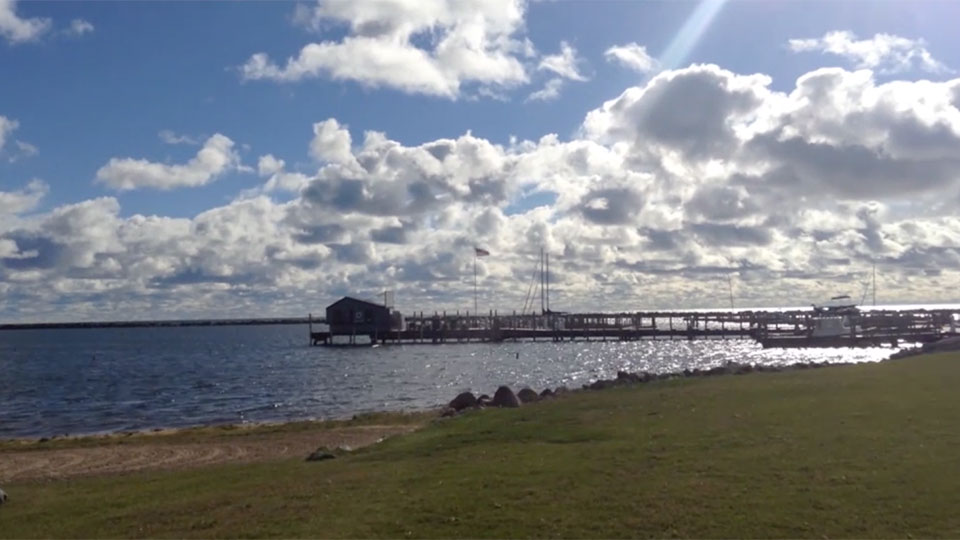
Check out our video to learn how the sanctuary is working with the Northeast Michigan Great Lakes Stewardship Initiative to teach students the importance of keeping the Great Lakes clean!